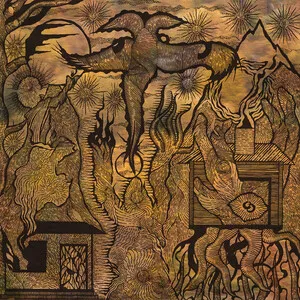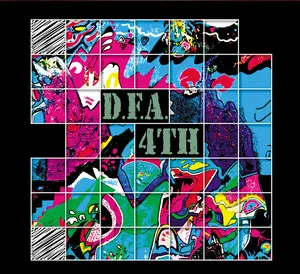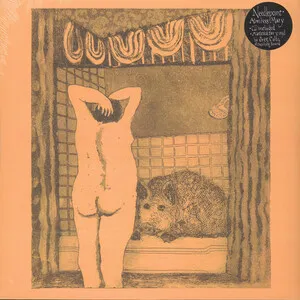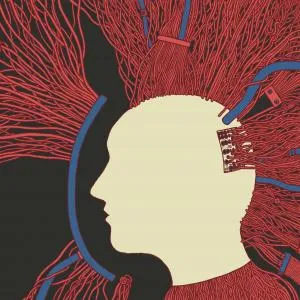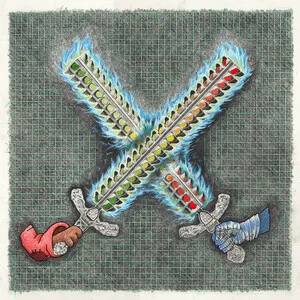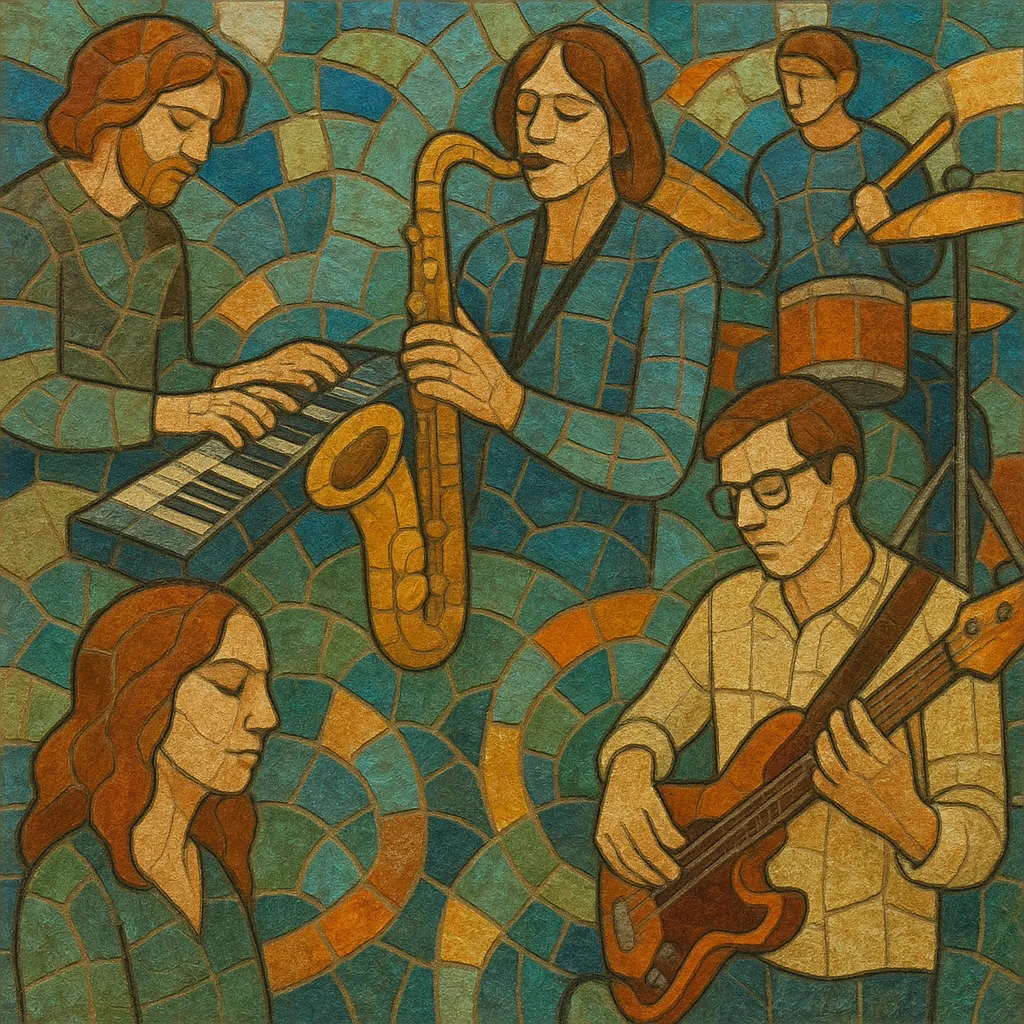
Neo-Canterbury is a contemporary revival and extension of the classic Canterbury Scene, reimagined by modern progressive musicians.
It blends jazzy harmony, whimsical melodicism, and light, conversational vocals with updated production and occasional indie or neo-psych colors.
Expect warm electric pianos (Rhodes), organ and synth leads, agile bass lines, woodwinds (sax/flute), and nimble drumming in shifting meters.
Compared to its 1970s ancestor, Neo-Canterbury typically has clearer, more hi‑fi sonics, tighter arrangements, and a gently modern rhythmic feel—yet keeps the playful, elegant, and pastoral spirit intact.
After the original Canterbury Scene waned by the late 1970s, its DNA—light, jazz‑inflected prog with wit and warmth—lived on in collectors, reissue labels, and musician circles. In the 1990s, renewed interest in classic prog and Canterbury aesthetics (helped by CD reissues and fanzines) inspired new projects to consciously channel the idiom with modern tools and sensibilities. Early catalysts included French bandleader Patrick Forgas’s projects (Forgas Band Phenomena, late 1990s), which explicitly fused Soft Machine–like jazz‑rock with updated composition and production.
The 2000s saw the style coalesce under the shorthand “neo‑Canterbury,” used by prog communities to tag new bands consciously drawing on Caravan, Hatfield and the North, National Health, and Soft Machine. Groups such as The Tangent (UK/Scandinavia) articulated a literate, keyboard‑forward approach that married Canterbury’s jazz harmony and humor with contemporary prog craft. At the same time, scenes in Italy and Spain (e.g., Homunculus Res, Amoeba Split, Planeta Imaginario) embraced the idiom, proving it was no longer geographically tied to Kent or the UK.
The 2010s brought broader visibility via streaming and festivals. UK acts like Syd Arthur and Sanguine Hum folded Canterbury’s breezy chord colors and intricate interplay into accessible, modern art‑rock; Italy’s The Winstons nodded to both psych‑pop and Canterbury sophistication. Veteran lineages (Soft Machine Legacy) kept the aesthetic in motion, while newer ensembles in the US and elsewhere (e.g., Inner Ear Brigade) added chamber‑jazz textures. The result was a gentle but sustained renaissance—familiar harmonies and time signatures, presented with crisp, contemporary production.
Neo‑Canterbury remains a niche but well‑defined strand of progressive music. It serves as a bridge between classic British jazz‑prog and modern art‑rock, prized for its elegant harmony, conversational ensemble writing, and amiable, slightly whimsical tone. Its legacy is an ongoing vocabulary: pastel jazz chords, woodwinds and Rhodes, nimble odd‑meter grooves, and playful song forms that feel both brainy and warmly human.

